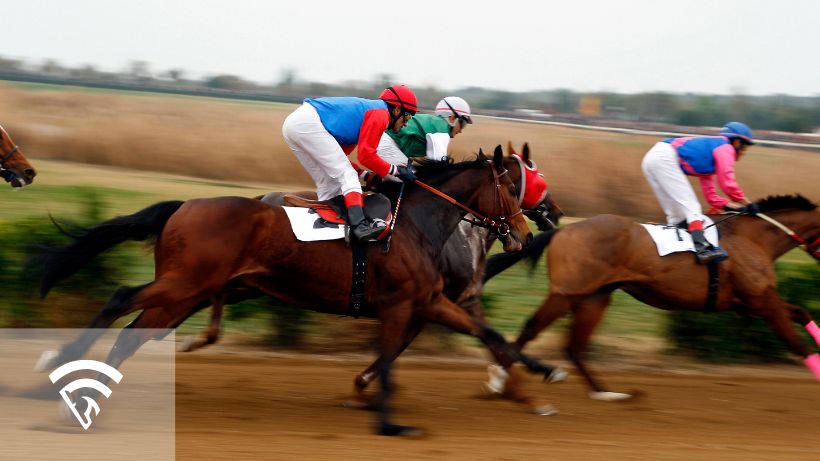What is a Left-Handed vs. Right-Handed Track in Horse Racing?
Left-handed and right-handed racecourses refer to the directional orientation in which horses run around the track. In left-handed racing—common in countries like the United States—horses gallop in a counterclockwise direction. Right-handed tracks, often found in parts of Europe, Australia, and Asia, have horses run in a clockwise direction. Although the overall distance and layout may be similar, the direction of travel can affect everything from a horse’s balance on the turns to the jockey’s riding strategy.
Why Does Direction Matter?
-
Balance and Coordination
- Horses naturally favor one lead (foreleg) over the other. A shift in track direction can influence how easily they negotiate corners, especially if they’re more comfortable leading with a specific leg.
- Trainers sometimes tailor workouts to strengthen a horse’s weaker lead, preparing it for courses that run in a direction different from what it’s used to.
-
Jockey Tactics
- Riding style may change based on direction, particularly in terms of positioning on turns and how jockeys use the whip.
- Certain jockeys develop reputations for excelling on left-handed or right-handed tracks, honing their skills on regional circuits.
-
Surface and Track Design
- Some right-handed courses incorporate undulating terrain or varying cambers in the turns, further differentiating them from standard left-handed ovals.
- Horses may also need stronger hindquarters or better agility to handle frequent changes in elevation or curvature on unique right-handed layouts.
-
Transitioning Horses Between Regions
- When owners ship horses internationally, adapting to a new track direction can be a major factor in race readiness, sometimes necessitating weeks or months of specialized training.
Tips for Handicapping Left-Handed vs. Right-Handed Tracks
-
Check Past Performances
- See if a horse has run (or trained) on a similar directional track. Prior success going clockwise or counterclockwise can signal how quickly it adjusts.
-
Evaluate Trainer and Jockey Experience
- Trainers who regularly prepare horses for international campaigns often have proven methods for teaching horses to switch leads effectively.
- Jockeys with ample right-handed or left-handed track experience may handle sharp or tricky turns more confidently.
-
Watch Replays
- Observing a horse’s turning ability and lead changes can reveal whether it struggles with balance or handles corners smoothly.
-
Account for Field Size and Pace
- Directional nuances can amplify pace scenarios: a quick break on a tight, right-handed bend might favor front-runners, while left-handed tracks with sweeping turns could benefit late-charging horses.
By recognizing whether a track runs left- or right-handed, bettors gain insight into how well horses, trainers, and jockeys might adapt to the directional challenge. EquinEdge, an AI-powered handicapping platform, processes key data—like past performances and race-day conditions—to help you spot horses poised for success, no matter which way they turn. Sign up with EquinEdge to get started.
